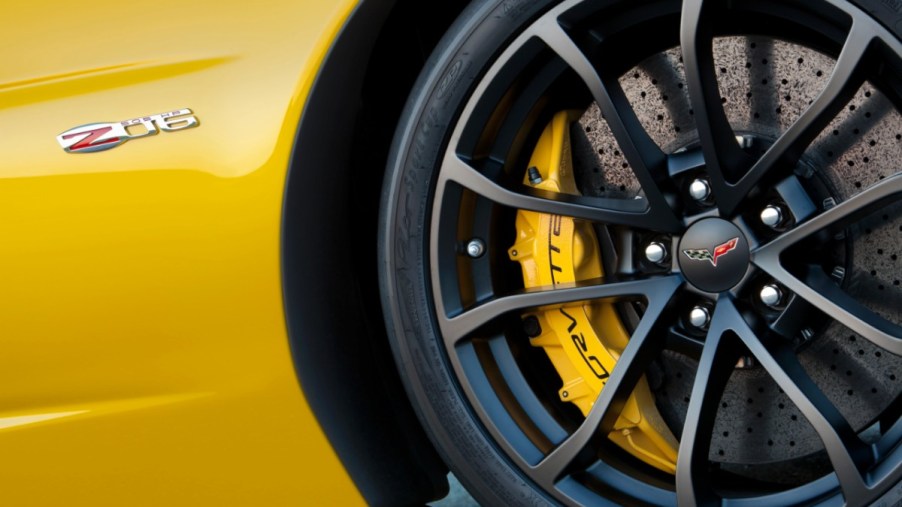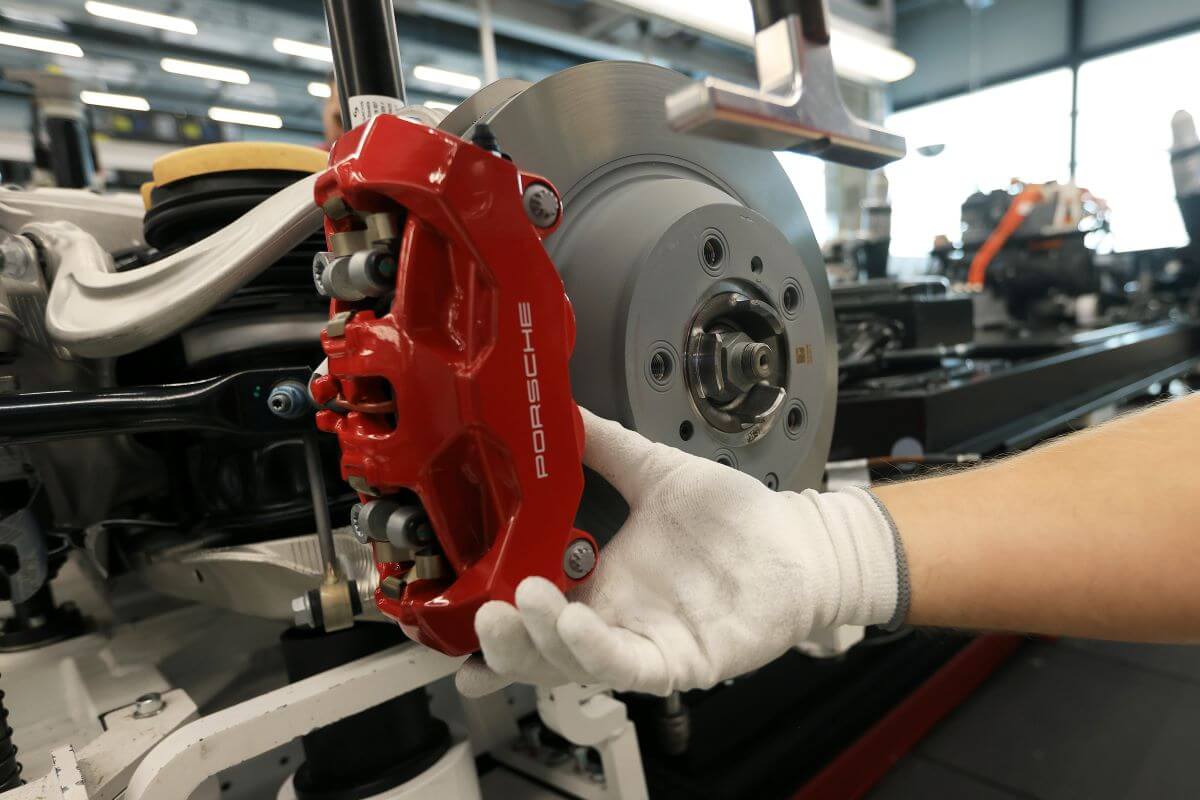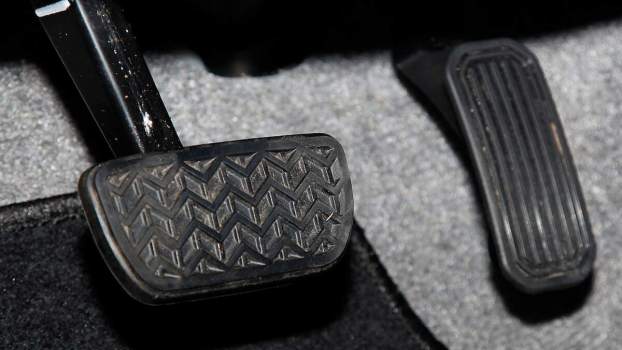
Which Brake Pad Type Is Right For You?
Shopping for brake pads can be daunting, especially if you’re new to vehicle maintenance. If your car needs new brakes and you have no idea where to start, we’re here to help. Use this guide to find out which brake pad type is right for you. We’ll cover both the construction and the kind of driving each brake pad is good for, so you can make the right decision for your next maintenance project
How many brake pad types are there?
There are four basic brake pad types to choose from for your vehicle. These are organic, semi-metallic, ceramic, and carbon ceramic. Each has its own advantages and disadvantages, so choosing the right brake pad type means understanding how you drive.

Organic
Price: Low
Why You’ll Like Them: The most cost-effective option and quiet performance.
Why You Won’t: Lackluster braking performance, wears out quickly.
If you’re looking for the cheapest brake pad replacement just to get you by, organic brake pads are the way to go. They used to be the norm for factory cars, though many automakers are working with semi-metallic brake pads to provide improved performance as cars get heavier.
Organic pads are generally constructed with natural materials including kevlar and glass, but their composite nature makes them exceptionally susceptible to heat and wear. They wear out quickly, provide middling stopping power, and are really only a good choice if they’re the only options within your budget.
Semi-Metallic
Price: Low to Moderate
Why You’ll Like Them: Generally still affordable, better stopping power, improved initial response.
Why You Won’t: Lots of noise, creates a lot of brake dust on wheels.
Semi-metallic brake pads are an immediate upgrade over organic, and the price reflects that. However, some clever shopping with RockAuto can get you semi-metallic pads that are just a few bucks more than similar organic options.
Semi-metallic pads are made from a blend of graphite and metals. They compress considerably less than organic pads, so the initial bite is stronger when you need to stop quickly. They also take longer to wear out, so the added initial costs will be balanced over time by fewer replacements.
The only real performance downside is their cold-braking performance. Semi-metallic pads need some temperature to be at their best. So, the first few stops on a chilly morning may need a few extra feet.
One other downside: dust. Those who like to keep clean cars will be frustrated by the additional brake dust coming from a semi-metallic brake pad.
Ceramic
Price: Moderate to High
Why You’ll Like Them: Quieter and cleaner than semi-metallic, more durable than organic.
Why You Won’t: High price for the braking power, can overheat brake rotors and fluid quickly.
Ceramic brake pads are the most expensive type, but they’re also the most enjoyable for daily driving. Quiet, low dust, and incredibly durable, ceramic brake pads provide an excellent overall experience, even when considering the elevated price tag.
However, they do struggle to absorb heat, and instead transfer it to the brake rotors, lines, and fluid. For performance driving or even long hill descents, this can mean a lot of wear and tear on more expensive brake components.
Carbon Ceramic
Price: Highest
Why You’ll Like Them: Blends the benefits of ceramic brake pads with enhanced performance and heat. dispersion
Why You Won’t: Most expensive, compromised performance when cold, sensitive bedding process.
The performance-minded among you will likely find that carbon ceramic brake pads are the best of all worlds. Well, except for price. These carbon composite brake pads are the most expensive option, but they also provide the best overall performance.
And that’s not just stopping power, although they are the head of the field in that category. They also produce the least dust, resist brake fade even when high-performance driving, and are incredibly durable. Plus, they’re quieter than semi-metallic brake pads, so they’ll be more livable for day-to-day driving.
That said, cold performance is an achilles heel. These pads need heat to work well, and are noticeably down on stopping power when below optimum temperature. In addition, performance brake manufacturer, PowerStop, cautions drivers to bed these brakes the right way. An incorrect bedding process causes diminished performance and even brake shudder if they’re overheated too early in their life cycle.
Are ceramic brake pads better than semi-metallic?
Depending on your application, both semi-metallic and ceramic brake pads have their benefits. Ceramic brake pads are better than semi-metallic when it comes to cabin comfort. They’re both quieter and smoother, and produce considerably less dust.
However, semi-metallic pads are better than ceramic for initial brake feel and heat absorption, so they provide better high-performance characteristics.
Which brake pads should you pick?
The pros and cons we’ve laid out here should give you a good starting point for buying your next set of brake pads. All things considered, semi-metallic provides the best balance of affordability and performance, while ceramic brake pads focus on driver comfort and longevity.
In the end, it all depends on how you drive and how much you’re willing to spend to get the experience that suits you.




